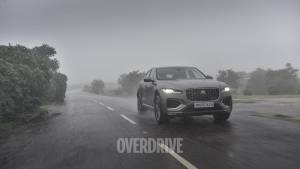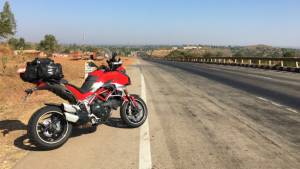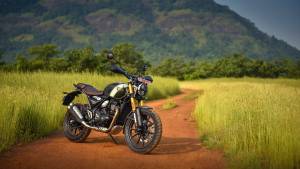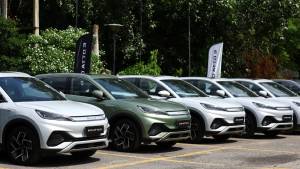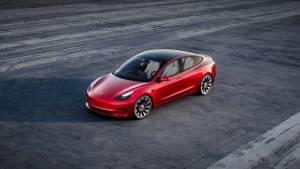Better Riding: Mirrors
I am pretty sure you have been told a million times to keep an eye on your mirrors. I myself have said that the best riders not only monitor their mirrors well, they remember what and who is behind them, allowing them to make better decisions. The thumb rule is that you should check your mirrors often and every time before you make a direction change. A lifesaver (over the shoulder final check by turning your head quickly) is the final move you make before you make the change of direction, to ensure you haven't missed a hazard waiting in your blind spot.
But advanced street riders don't just monitor their mirrors, they watch other people's mirrors as well. There are basically three reasons why you should do this as well. Firstly, most people check their mirrors before they change direction, most unconsciously, many consciously. It's a clue to you that the motorcycle or car ahead of you is about to change direction. You can usually also read whether they are going to turn left or right, allowing you to prepare to capitalise on the gap about to be created or take avoiding action if needed.
Second, if the driver or rider can see you in their mirrors - signaled by the fact that you can see their eyes - then you aren't in their blind spot, which is one hazard less to have to deal with. This is the primary reason why running parallel to other vehicles, especially large ones is considered seriously hazardous - they can't see you in that position maxing out the risk of a unintentional sideswipe.

Third, if the driver or rider makes eye contact with you then you sort of get 'recognised' as a human being which means the natural propensity for the driver or rider to take care to not make a move that puts you at risk. Often, just turning your head and looking at the driver of the car you are passing - without any aggression whatsoever - is enough to stop him or her from cutting into your lane.
So how do you do this. You practice. The next time you are stopped at a traffic light, take the time to occupy a position you would normally be riding in rather than filtering to the front. Once stopped, count the number of rear view mirrors you can see ahead of you, on cars, buses, trucks and bikes. Count one mirror per vehicle, it serves our purpose. Now see how many of these mirrors show you the driver/rider's eyes. The difference in the counts is the number of vehicles who cannot see you at all. They don't know you exist. This is where other visibility aids - bright colours, running parking lights in the day - also help.
Next traffic light, alter the position you are stopped in. Try more to the left or more to the right within the lane and see if the number of vehicles who can see you increases. It's a matter of finding the position where you are visible to the maximum number of people. The same logic works for you as well. You can also count the number of vehicles in your mirrors and then see how many you cannot see by turning your head. Adjust your mirrors so you can reduce the number of vehicles you are blind to. In my experience, I ride behind the left tail lamp of the car ahead in the top lane. It maximises my ability to see ahead, shows me maximum pairs of eyes in the mirrors ahead and prevents middle lane drivers from drifting into my lane while allowing me space to escape if needed by going closer to the verge. In the middle lane, I follow the right tail lamp for the same reasons, cutting to the left tail lamp if I need to defend my lane.
Out on the highway, I will usually try to make eye contact before passing and in the case of trucks and buses, establish my visibility further by waving a thank you to whoever I just passed. Usually, when after a rest stop you come up on the same vehicle again, passing becomes even safer because they see you coming and recognise you.
For more tips from our Better Riding section, click here
Related Stories
Top Stories
Latest Videos
Most Popular
- Budget Sportbike Showdown: Kawasaki Ninja 500 vs Aprilia RS 457 vs Yamaha YZF-R3
- Mumbai-Pune Expressway speed restrictions updated
- 2014 Triumph Daytona 675 vs 2024 Kawasaki ZX6R - A Decade of Evolution in Supersport Motorcycles
- Upcoming Mahindra XUV 3XO: All you need to know
- 2024 Hyundai Creta vs Toyota Urban Cruiser Hyryder vs Skoda Kushaq comparison review - the hype is real?
